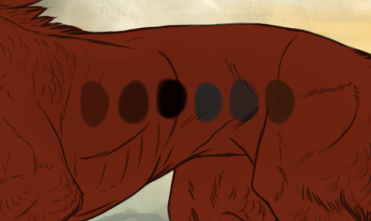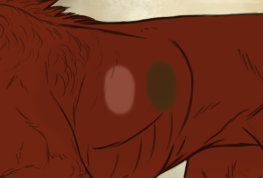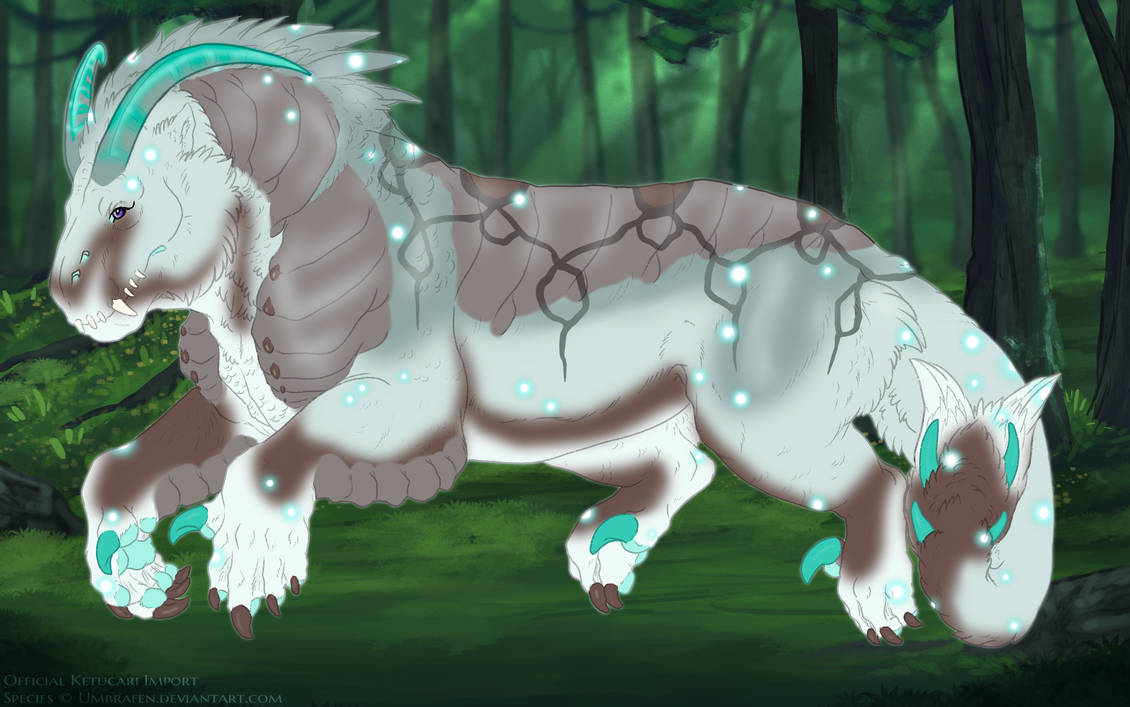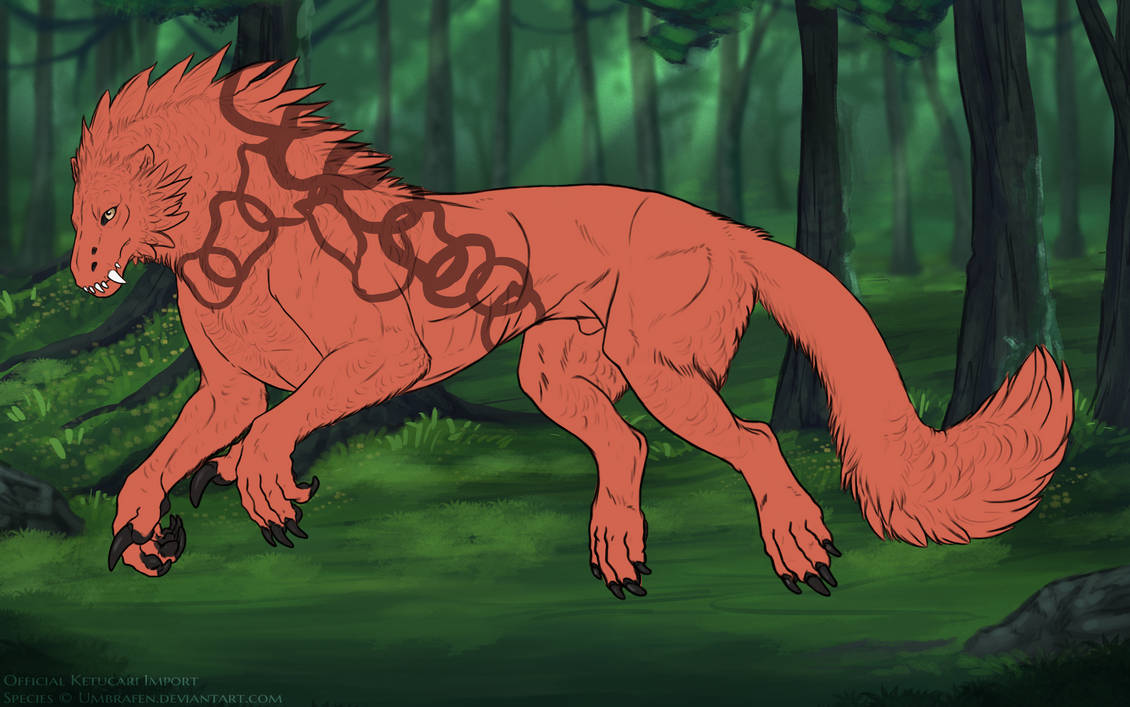Chain
Examples
Real Life Examples
Basics
![]() Chain is a gene that creates a pattern of connected “bubbles” or “chains” along a ketucari’s coat. This should resemble the markings of a chain catshark, as seen above.
Chain is a gene that creates a pattern of connected “bubbles” or “chains” along a ketucari’s coat. This should resemble the markings of a chain catshark, as seen above.![]() In your ketucari’s genotype, chain is denoted by “nChn” (heterozygous) or “ChnChn” (homozygous)
In your ketucari’s genotype, chain is denoted by “nChn” (heterozygous) or “ChnChn” (homozygous)![]() In its heterozygous form, chain has a passrate of 40%. Homozygous chain has a passrate of 65%
In its heterozygous form, chain has a passrate of 40%. Homozygous chain has a passrate of 65%
Color and shape
Chain must be a darker color of your chosen base, with a minor deviation in hue. It can also be a fully desaturated color of the base, as long as it is darker. Chain may be pure black.![]()

These colors would be acceptable for this base color. They are either a darker version of the base, or a darker and desaturated version of the base. The last color on the right shows a minor deviation in hue, and is slightly more yellow than the base itself. Notice that this small change is not overbearing.![]()

These colors would be unacceptable for tar pit. They are either lighter than the base coat or have too drastic a hue shift.
Chain should look like the outline of bubbles on the coat of a ketucari-- it can either form in clusters with lines connecting them, such as in the shark example.

This above example attempts to demonstrate multiple styles for chain in different sections.
It can also look like overlapping chains of circles, or overlapping clusters.
Chain circles should not be perfectly round, or they will resemble stamped. They can be irregular, deformed, or even form shapes like figure-eights, as long as the overall pattern of the marking is still distinguishable. Chain circles do not have to be complete. Often chain circles will be semi-polygonal, with some semi-straight sides, especially if they are clustering. One place to look for inspiration in cluster-type chain is to see how bubbles deform when they press together in suds.
Chain circles can optionally have a light fill, similar to the inside of a clouded leopard’s clouds. This should be immediately distinguishable from the chain outside and still allow some of the base coat to show through-- it cannot be fully opaque.
Range
Since it can appear anywhere on the body, there is no range for chain. It must be immediately noticeable in the design.
Interactions with Other Markings
Chain can be affected by Pale, making it lighter than the base coat
Chain + Spotting can create large dark “saddles” or filled-in chain circles, optionally with holes or spots erased into the marking, similar to the markings of a cloudy catshark.
Accents
Here are some small accents you can add to your designs to make them more unique!
![]() Chain may have a faint gradient or fade into the base coat.
Chain may have a faint gradient or fade into the base coat.![]() Chain can have a subtle light or dark outline.
Chain can have a subtle light or dark outline.




